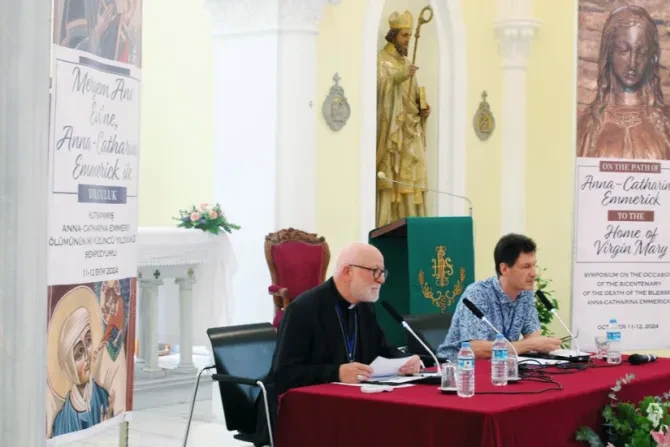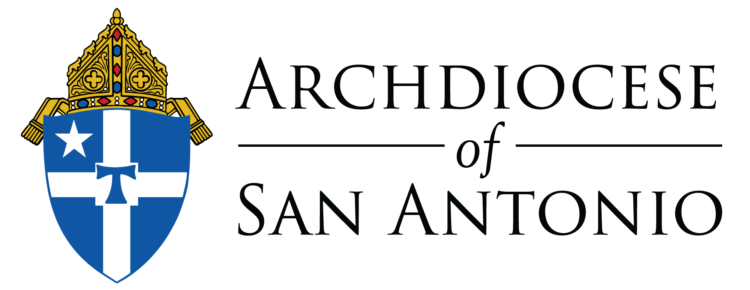To mark the 200th anniversary of Blessed Anne-Catherine Emmerich’s death and the 20th anniversary of her beatification by Pope John Paul II, the Archdiocese of Izmir in Turkey held a symposium Oct. 11–12 in the presence of Archbishop Marek Solczyński, apostolic nuncio to Turkey, and Archbishop Martin Kmetec of Izmir.
About 80 people from various Turkish cities as well as France, Germany, Switzerland, Austria, İtaly, Canada, and the U.S. participated.
The first day took place at St. Helen Church in Karşıyaka, Izmir, followed by an evening concert at the city’s Cathedral of St. John. On the second day at the House of the Virgin in Ephesus, a relic of Emmerich was donated by the bishopric of Münster, Germany, to the archbishopric of Izmir. The symposium concluded with the feast of Theotokos, which took place on site.
As Father Adrian Baciu, OFM Conv, a parish priest in Karşıyaka, explained, Emmerich, who was born in 1774, was not a specialist in sacred Scripture or Church history, just a nun open to the Virgin’s inspirations.
It was Emmerich’s poet friend, Clemens Brentano, and her doctor, William Wesener, who transcribed the detailed explanations of her reported visions. The writings and dictations contained in the original manuscript are preserved in the diocesan library of Frankfurt am Main, Germany, and are substantial.
The symposium speakers discussed the person of Anne-Catherine Emmerich and her visions of the last years of the Virgin Mary’s life. They also discussed Sister Marie de Mandat-Grancey, a French Daughter of Charity who was involved in the discovery of the House of the Virgin Mary in Ephesus, Turkey, as well as the mission of the Lazarists and the Daughters of Charity in Izmir.
Emmerich was unaware of the historical studies and opinions concerning Mary’s last days in two different places according to the two traditions. The Ephesian tradition, much earlier than the Jerusalem one, is rooted first and foremost in Jesus’ request to the apostle John: “Take her home with you.”
Seventy years separate the visions and writings of Emmerich’s visions and writings from the discovery of the stone house on July 29, 1891 — Panaya Kapulu — that the apostle John had built for Mary on the Bülbüldağ mountain near the ruins of Ephesus.
The speakers also discussed the stigmata of Emmerich, who was nourished for several years only with the Eucharist, and the miraculous signs that accompanied her life, according to a Catholic News Agency report.
As pointed out by Baciu, two aspects illustrate the place of Emmerich and the writings about her visions in the Church.
First, she dictated her visions concerning Mary’s last days in Ephesus, including her death and Assumption, described in great detail, in August 1821, before the dogma of the Immaculate Conception was proclaimed in 1854. Emmerich is thus a prophetic voice among the people of God, he noted. The enduring influence of her visions, which have become a form of reflection and prayer, have shaped the faithful’s understanding of the mysteries of faith.
Second, even if Emmerich’s writings are not strictly historical or theological in academic terms, their impact on believers remains undeniable, he said, drawing them to her writings and to sacred sites such as Ephesus. They play an important role for the Church and resonate in the hearts of God’s people, he said, guiding them on their spiritual journey and strengthening their faith.













